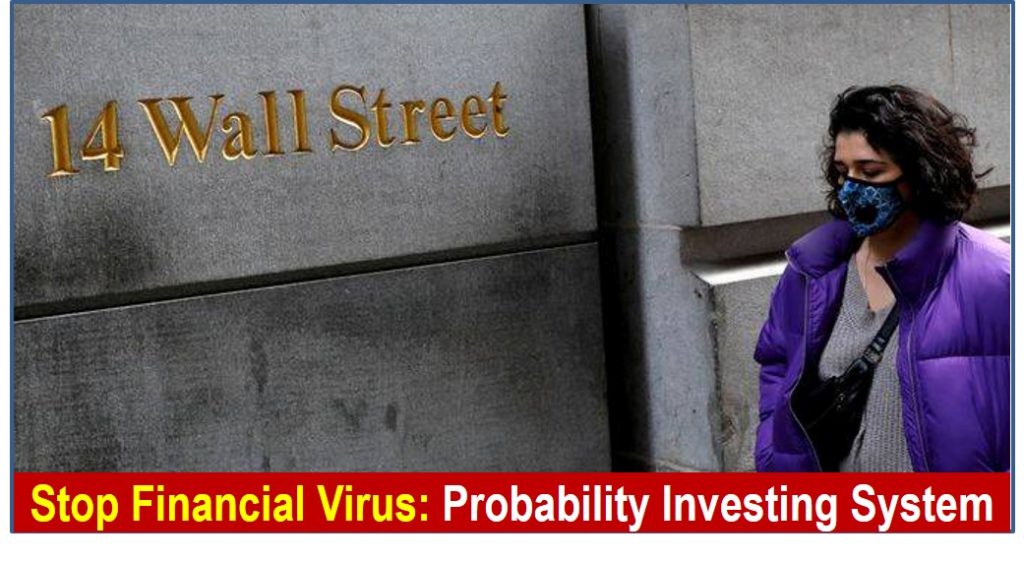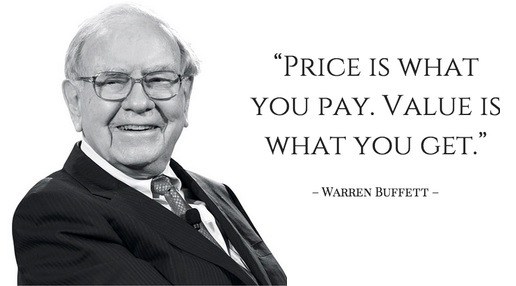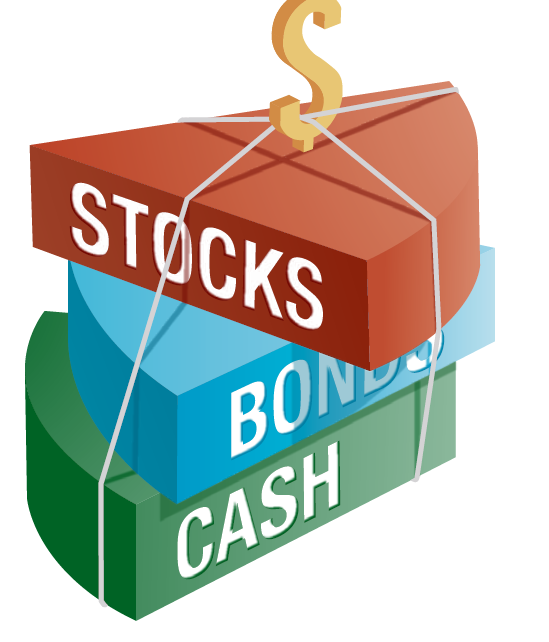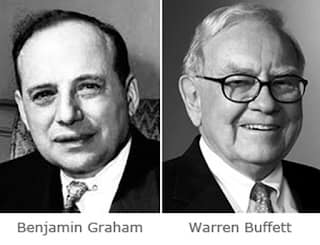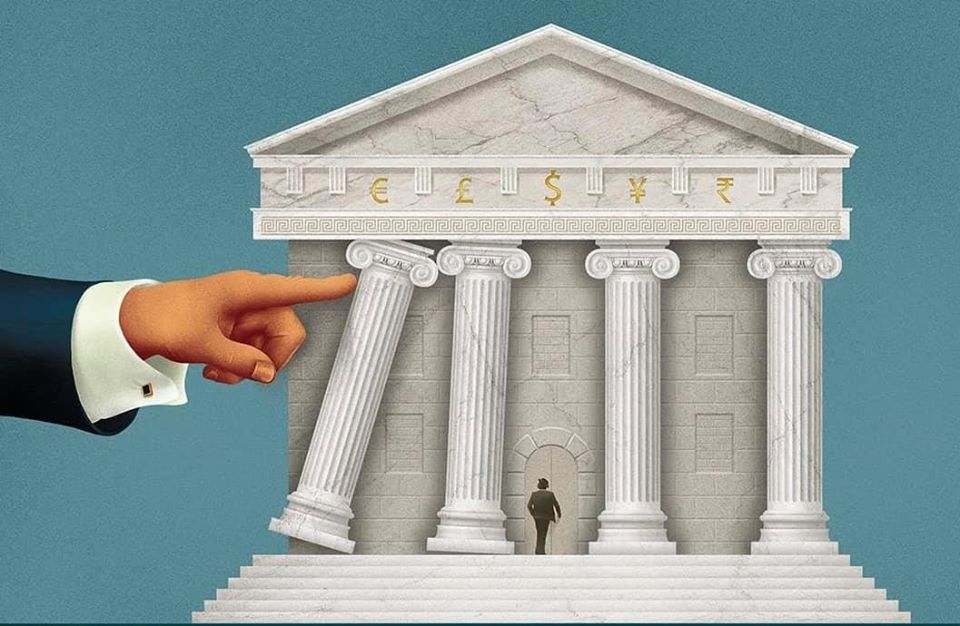
Not everyone born in a rich family, therefore starting line is different for investment. For any form of common investment (stock, property, bond, commodity, forex or even bitcoin, etc), here are 3 main considerations for an investor:
1) Capital Available
2) Reward (winning probability)
3) Risk (safety)
For reward & risk, it is strategy and type of investment dependent, interested Ein55 readers may review the past articles. For capital available, it is always a constraint. For an investor with low capital of $1000, 100% return is only another $1000 as it is capital dependent (without leveraging). For an investor with higher capital of $100,000, just 1% return could get the same $1000 return.
For property investor with $1 Million, 100% return over 10 years would be another $1 Million, not to mention property investor could leverage on loan (as if CFD for stock trading), only need $100k to $200k (depending on local law) to start investment of $1 Million.
Similarly for more speculative Bitcoin trading, it seems easy to big money with small capital but eventually one could lose most of the small capital due to volatile prices exceeding the risk tolerance limit.
So, is there a relatively safer way for small capital investor (eg. $1000 cash) who is a beginner to start the investment journey? Here are 3 main steps:
1) Learn the investment skills
Regardless one is a smart investor with over $1 Million fund or a beginner investor with small capital of $1000, both needs to learn investment, developing a personalized investing strategy aligned with own personality over time.
Here is a good platform for exchange of investment knowledge (please make your own decision), learning this life skill gradually. Dr Tee also conducts monthly free investment course (stock, property, commodity, bond, forex) for general public, sign up here: www.ein55.com
2) Practice with Virtual Trading
Similar as race competition (actual investment), one has to practice in advance, eg. through virtual trading of stocks, i.e. record what stocks to buy, when to buy/sell in a journal, including profit or loss during a period of time. This is more suitable for short term traders as time of practice is usually a few months, hard for one to “practice” investing with 10 years before taking real action with real money.
Learn to take actions in stock or other investment: Buy, Hold, Sell, Wait, Shorting. Refine the strategy to increase the winning probability and also reward/risk ratio.
3) Real Action with Small Capital ($1000)
It is never too late or too small capital to start investment. $1000 could be a reasonable starting fund, one could investment in REIT with property portfolio with over $1 Billion through stock investment. Real action is important as it could train the mastery of own emotions, eg greed and fear, which is hard to achieve with virtual trading (zero risk and zero reward, therefore no greed nor fear).
Due to limited capital size, an investor may only able to invest in 1-2 stocks unless it is a penny stock (some could be giant penny stocks), knowledge of Fundamental Analysis will be critical to focus only strong fundamental stocks. Since there is only 1-2 “bullet” to shoot, timing of action has to be precise, skill in Technical Analysis would be helpful to take action following the price trend.
Alternatively, low capital investor may also consider a giant stock fund (only need minimum $1000 capital) which invest in hundreds or thousands of stocks through 1 investment. Investing in stock index (eg. S&P500 – SPY ETF, which follows US stock and economy performance) is another option but need to pay attention to high optimism level, potential risk of global financial crisis could cut even index or funds by half, $1000 could be left with $500, although it would recover again a few years later, one could be disappointed.
$1000 capital could be relatively little money to many people but could be significant life saving for needy group. So, it is important to put aside some emergency fund (eg. 3-6 months salary as saving), only invest in money which can afford to hold, as if fixed deposit in stock market, instead of in a bank. If one is greedy, borrow money or leveraging beyond the limit to trade, when there is unexpected risk, weak holding power would force the trader to buy high sell low, or buy low sell lower.
===================
Why Warren Buffett does not need to time the market (he could buy with bearish price trend) is mainly because he has tremendous holding power, investing in mainly giant stocks, diversifying over a portfolio of different sectors (although mostly US stocks), riding the uptrend US economy over the decades, waiting for each market crisis to buy more stocks with discounted price.
It is fine to start stock investment with small capital of $1000 but one has to treat it seriously. After mastering management of $1000 capital, one will be more confident to increase investment at later stage of life, including property or bonds, etc.

